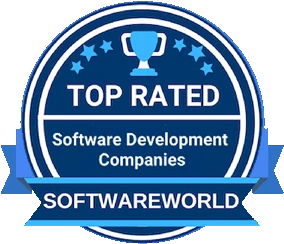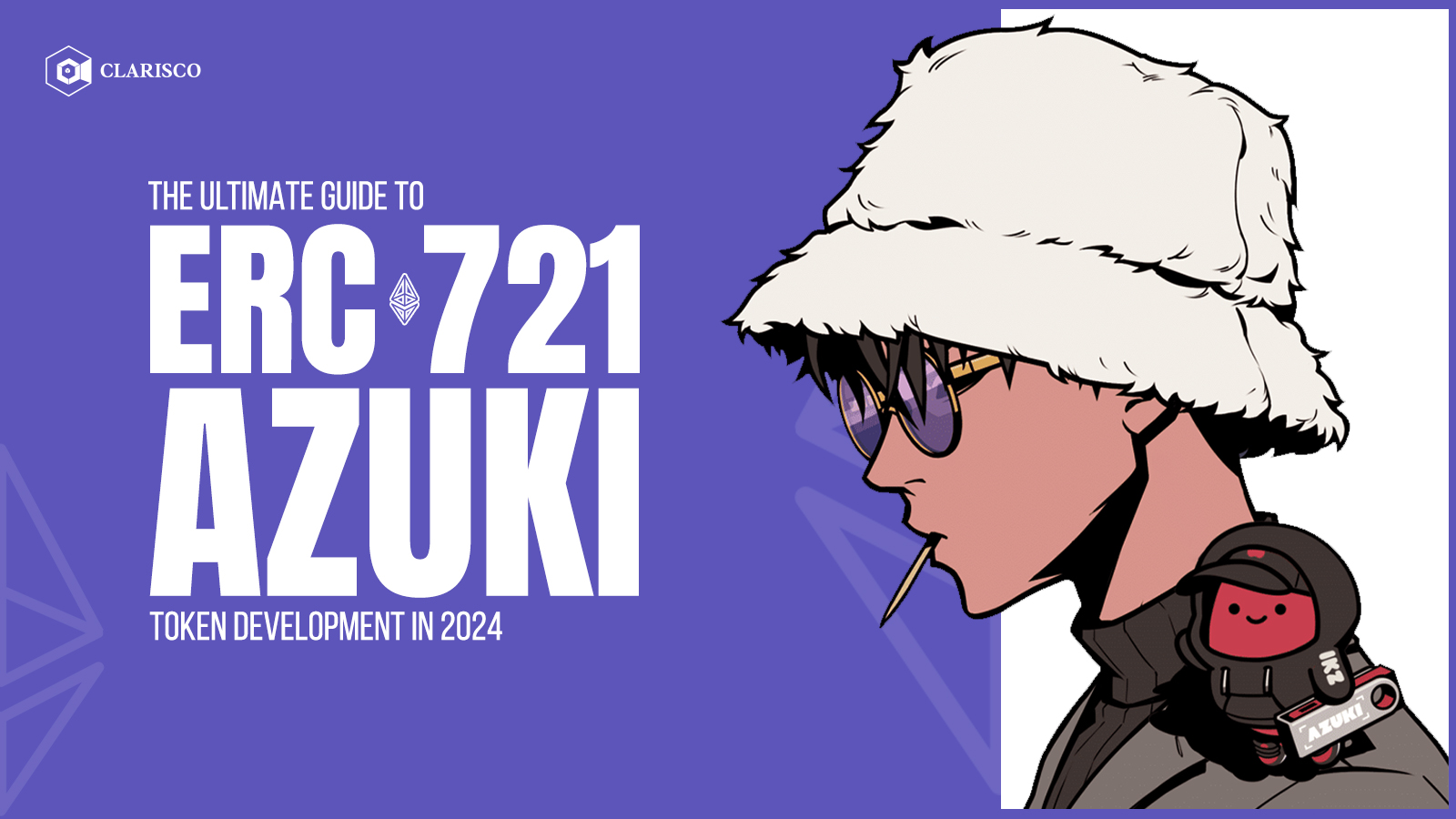
























































































































































































Clarisco requests your action to continue
The above mentioned products are used only for clear understanding. We don't have control of the brand and are not doing direct & indirect partnerships with them. We are also not doing promoting activities for them.
William Mougayar once said, 'Tokens are to blockchain what websites are to the internet'. It explains the importance of tokens in the blockchain industry. While gas prices on Ethereum have been high for months, especially when popular NFT projects start minting. This leads to everyone paying a lot in gas fees. The Azuki team created a new token on Ethereum to tackle this issue.
At Azuki, they're planning to build a metaverse brand with their community. Their main goal is to reduce gas fees for minting as much as possible. Instead of using OpenZeppelin's standard versions of IERC721 and IERC721Enumerable, they've created their own called ERC721A. With the Azuki contract, you can mint multiple NFTs for almost the same gas cost as minting just one.
In this blog, we will learn about how the ERC721A token development company is optimizing it and its benefits in this industry.
The ERC-721A standard is like an upgraded version of the original ERC-721. One big diff? ERC-721A has extra features that ERC-721 doesn't. Like, with ERC-721A, you can mint NFTs on the fly, which means you don't have to pre-mint them all at once. Super handy and cheaper, especially if you don't need a ton upfront.
The Azuki team found a smart way to save gas using this. They keep track of who owns what NFT number. So, if someone mints five NFTs starting from #100, the system knows she owns #100 and the next five are up for grabs. This trick saves a bunch of gas because you don't have to mint every single NFT separately.
The numbers? Minting one NFT with ERC-721 takes around 154,814 gas, while with ERC-721A, it's only 76,690. Minting five? ERC-721 eats up 616,914 gas, while ERC-721A only chomps 85,206.
We checked how much it costs to mint using OpenZeppelin’s ERC721 Enumerable and ERC721A in the below table.
Let's go over the main part of the ERC721 standard to learn about the ERC721A process. The ERC721 contract links each token ID to its owner. This means it stores data for every token made, even if the owner had no tokens before. Each token is stored individually, even if they belong to the same person.
ERC721A aims to reduce the number of write operations to lower gas fees. It allows one transaction to create multiple NFTs, with only one slot filled in the array while the others stay empty.
For example, Alice makes tokens #100, #101, and #102 together. Then Bob makes tokens #103 and #104 in another transaction.
When minting in batches, ERC721A only assigns ownership to the first token. But for empty slots, it uses a smart search method. This method looks through all tokens in a range until it finds the first one owned by the person.
The ERC721A contract has a major issue during token transfers where costs are higher than batch minting. This happens because the contract only sets ownership data for the first token, leaving others unset. As a result, when transferring a token without a specified owner, the contract must check all token IDs to find the first one with a defined owner.
Once the rightful owner is identified, the contract assigns a new owner, making several updates to the ownership records. This process increases gas costs and computational load, making token transfers more expensive compared to batch minting.
➤ Contract Setup:
Specify the Solidity version and import needed dependencies like OpenZeppelin contracts.
➤ Metadata Storage:
Create a way to store NFT metadata, such as name, image, and description, using a struct or mapping.
➤ Contract Details:
Define the token's name and symbol in the contract.
➤ Token ID Management:
Use a counter to give each new token a unique ID.
➤ Minting Function:
Create a function to make new NFTs, increase the total supply, assign unique IDs, set ownership, and link metadata.
➤ Batch Minting:
Add functionality for batch minting NFTs using ERC721A.
➤ Transfer Functions:
Add functions for securely transferring tokens between users.
➤ Ownership Records:
Add functions to keep and access ownership records.
➤ Event Logging:
Include events for key actions like transferring and minting tokens.
Finally, the Azuki team is super confident that the gas costs for minting multiple NFTs are the lowest we've seen in the space. Every project should aim to minimize gas fees and move towards O(1) for their communities as much as possible.
As we wrap up 'The Ultimate Guide to Making Your Own Azuki Tokens with ERC-721 in 2024,' it's been quite the ride, huh? We've covered everything from the basics of ERC-721 standards to the nitty-gritty of ERC721A Azuki tokens. Now, if you're feeling a bit overwhelmed, that's where hooking up with a token development company comes in handy.
They've got the know-how to guide you through the maze of token creation, making sure your project is rock-solid and ready to roll. So, get out there, team up with the pros, and let's make some magic happen in the world of ERC-721 Azuki tokens.
Our trustworthy and happy Clients

200+

served Clients with a happy smile
Awards & Recognition
We are extremely pleased that reputable publications around the world recognised our superior work.




We'd Love To Hear From You!
Know your requirement, our technical expert will schedule a call and discuss your idea in detail. All information will be kept confidential.

Plot No. 29, 30, Iswarya Nagar,
Madakkulam, Tamil Nadu 625003, India
Business@clarisco.com +91 9442430551Monday-Saturday: 10am - 7pm
Sunday: Closed
